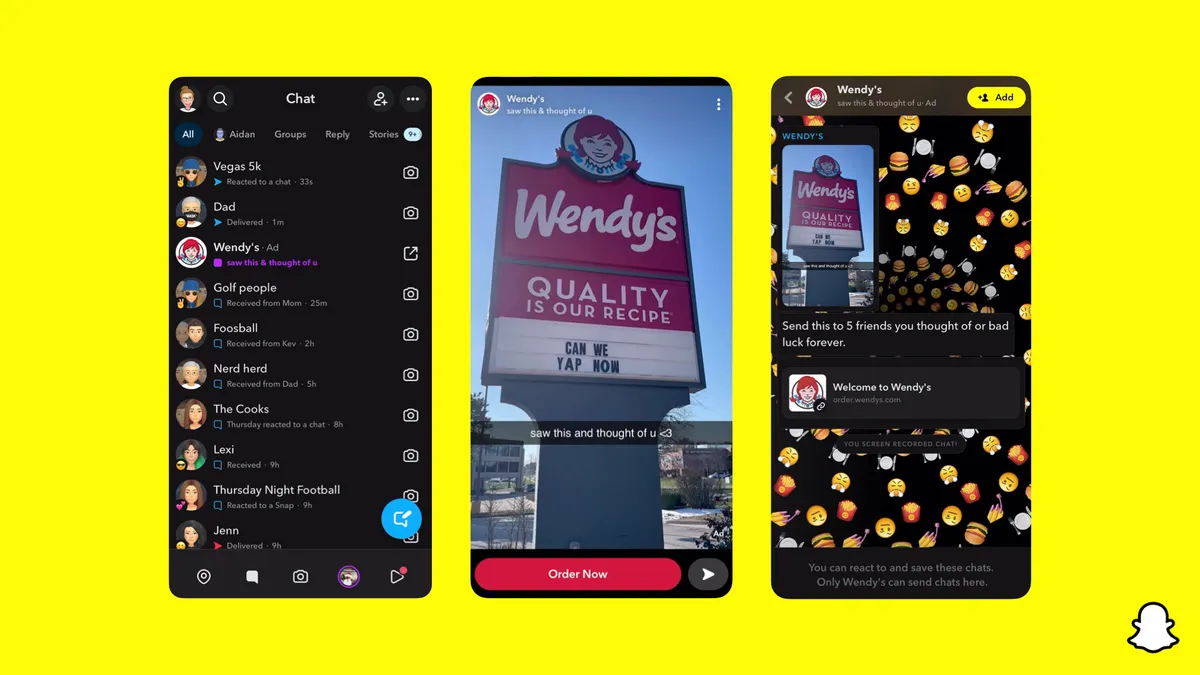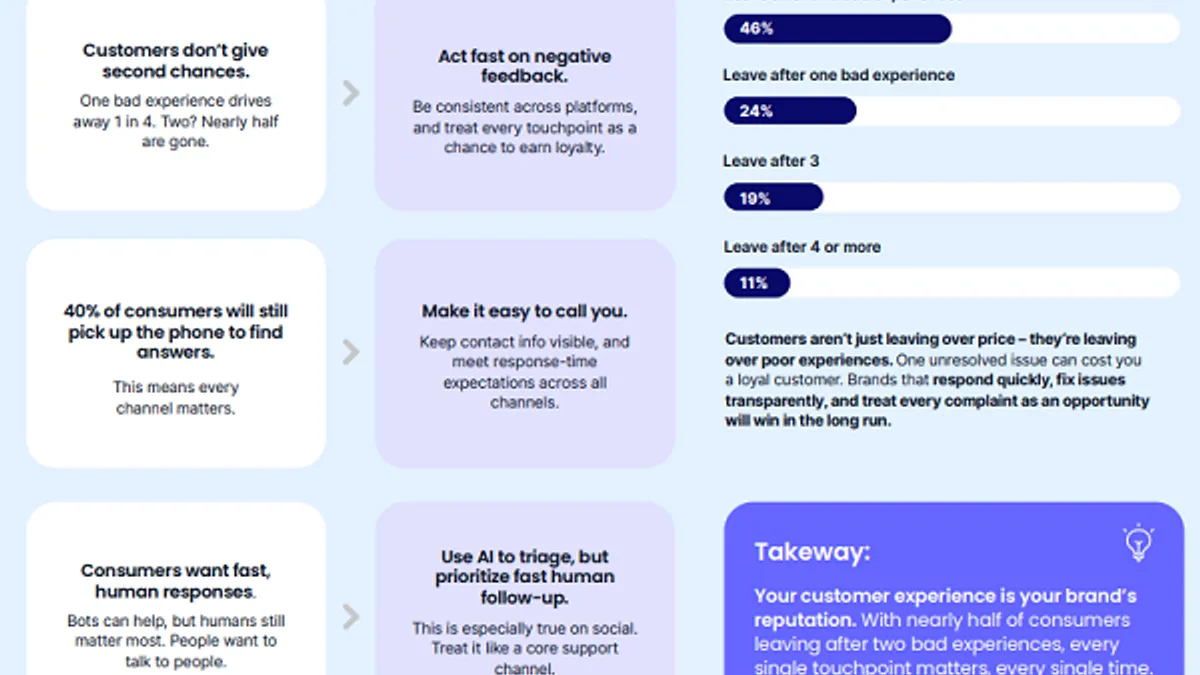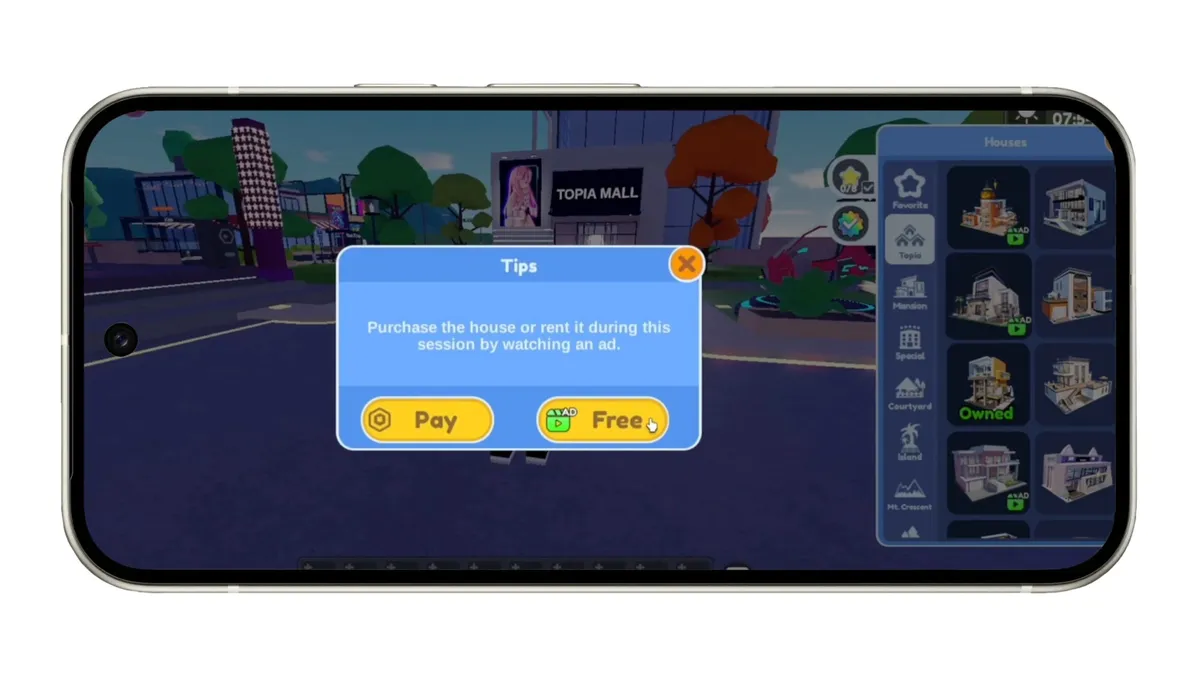NEW YORK — Many people have a go-to coffee order in the morning, or a single favorite model of shoe they buy only once their current pair is too worn down. For name brands like Starbucks and Cole Haan, these habits are pillars of shopper loyalty, but they can also become routine to the point of stagnation, marketers from both companies indicated at an Advertising Week New York panel Tuesday.
"For us, for several years, many of the relationships we had were akin to one-night stands. The customer only comes to us every nine months to find a pair of shoes," Dave Maddocks, CMO and GM of business development at Cole Haan, told a capacity crowd at the annual trade show. "Contrast that with our top 10% of customers, they make up 50% of our revenue. So we've got an incredibly loyal group of people, and then [people] where it's transaction and then move on."
On the panel, titled "Iconic Brands Made Young: How Creative and Experiences Drive Brand Loyalty," Starbucks and Cole Haan emphasized the value of constant product innovation as a means of not only netting new customers, but also convincing these already loyal ones to double down on their commitment to a brand.
And while debuting new products and services — whether it's a menu offering or loyalty rewards program — isn't a novel means of drumming up excitement, these marketers suggested the tactic is evolving to be more personalized and successful thanks to technological innovations in fields including mobile, data and artificial intelligence.
"A lot of people have a single drink that they stick with — one of the things we really have the opportunity to do is upsell and cross-sell," Starbucks' VP of loyalty and partnership marketing Kyndra Russell said. "There is a whole bunch of other products that, through data, through the relationship that we have in the loyalty program, through the app, we can expose our customers to other things they might like."
"A lot of that is based on machine learning, our personalized marketing engine, our ability to understand your flavor profile, your [purchase] frequency, your dayparts and the ability to expose you to new offers," she added. "That's a huge challenge we have to staying relevant."
Providing a brand jolt
Hewing closer to data and technology has helped Starbucks tap into emerging consumer trends that, in turn, have informed teams like the chain's test kitchen for developing new products, Russell said. Protein-based offerings like shakes are currently seeing a surge in consumer interest, for example, but weren't something that had previously been central in Starbucks' wheelhouse.
"There's a huge focus on health and wellness, and that's changed our portfolio of products," Russell said. "That's quite honestly changed our Frappuccino, and what we're looking to do is introduce new products constantly that are the bleeding edge of consumer interest."
But part of the problem isn't just figuring what new products should be sold at Starbucks, but when and how. Lunch and other afternoon offerings present "opportunities," according to Russell, but ones customers are not always keyed into. Driving fresh interest in the brand's My Starbucks Rewards loyalty program during these dayparts has sometimes been a struggle as well.
In Q2 earnings released in April, Starbucks reported that half of volume sold in the afternoon was to consumers who weren't rewards program members and weren't as aware of the brand's products as members were. For Q3, the chain then said it had gained 6 million "digitally registered" users after ramping up targeting of new members, including through an extensive marketing push that ran through the summer.
Russell declined to share more recent membership figures given company earnings expected on Nov. 1, but she indicated that Starbucks is still searching for ways to drive engagement with the program, including through storefronts and baristas, who often introduce customers to tools like mobile order and pay.
"We're really proud of the growth [in the loyalty program], but for us it's really about how do we extend that, how do we get more of our customers to have that digital relationship?" Russell said.
"Nobody was ordering coffee online before Starbucks introduced mobile order and pay, so it was a whole new behavior, and in many ways, we're still exposing our member base to mobile order and pay," she added. "How do we move people through the lifecycle? If they join, how do we make sure they've gone all the way to active member, [and] how do they experience payment for the first time in the store?"
Finding a new fit
For Cole Haan, a similarly tech-centric strategy, albeit one on a smaller scale, has been a means of revitalizing a brand many previously considered to be limited and fusty. The label, which was acquired by Apax Partners for $570 million from Nike in 2012, has since peddled away from formal footwear to match a consumer shift toward business casual and athletic wear.
"We bought a brand that was aging out — the average [customer] age was 53," CMO Maddocks, who previously helped to revitalize Nike's Converse line, said. "[C]ertainly in the world of product we had moved down into that next big group, which of course, is millennials."
Apax Partners in some ways bought Cole Haan at an opportune time, however, amid the emergence of e-commerce and the rising popularity of shoe-specific online shops like Zappos, which Amazon owns. More recently, Cole Haan has been able to tap into data insights from its own website to gauge where its next markets and areas of innovation should be.
"Fully 18% of our site traffic now is below the age of 24, so we're going to have to chase into product there," Maddocks said. "Digital experience is almost 20% of our sales, but we're dealing with a lot of old code. So we're re-platforming the entire site, [to be] mobile-first."
Also like Starbucks, Cole Haan views product innovation as having a direct relationship to brand loyalty facilitated through services such as membership programs — an area it's looking to continue to build out in the coming months.
"Membership is becoming an important component of what we're going to be rolling out next spring," Maddocks said. "Membership is going to look a lot like services and value-added experiences versus points for us, so the relationship that we facilitate through digital ends up coming back to our store associates and the experiences that you have in store."
With a continued push in the space, Maddocks hopes the brand can step past the "one-night stand" purchases — those once-every-nine-month shoppers — to foster a deeper loyalty that will bolster future performance.
"If you can just move that person from nine to six months, and we can do that on average, that in and of itself just becomes an incredible revenue driver," Maddocks said.























